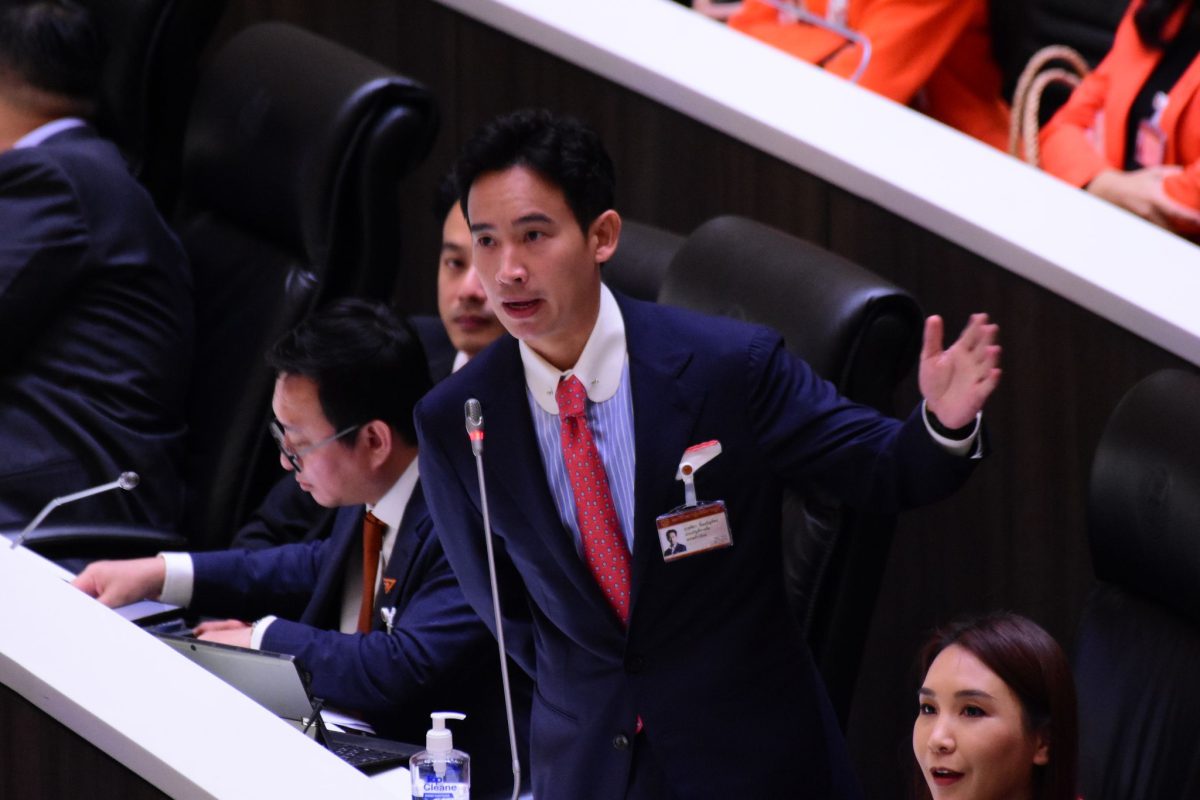Dear Editor,
I read with interest your recent article by Peera Songkünnatham titled “Let’s revitalize Isaan Lao literacy through translations’ in which he mentioned the Isan Culture maintenance and Revitalization Programme.
I would agree that Peera’s aspirations, i.e., the revitalization of Isaan by writing in Isaan and translating global classics into Isaan using Thai phonetics, are worthwhile. I would also agree that getting central government support for popularising the ICMRP approach, i.e., the use of Tai Noi (also called ‘ancient Lao’) for teaching Isaan is a long shot.
However, what is being proposed by Peera is not actually an alternative to the ICMRP and Tai Noi approach. Writing Isaan using Thai phonetics, is, in fact, what is done already, just not a lot in the area of Isaan or global literature. The Isaan language is sung and therefore written in ‘karaoke’ Thai for all sorts of purposes, including karaoke itself and Thai soap opera scripts. There are even entire silent Charlie Chaplin (Bak Ham Noi or ‘Little Willy’) movies with Isaan soundtracks; they must have written the scripts originally using Thai phonetics. Certainly by the 70’s Isaan people had started writing the everyday ceremonies, diaries, etc. of ‘Thai Lao’ life in Thai phonetics. For example, an Isaan brahmin’s prayer book is written using Thai phonetics. I would therefore support a program of using this approach, which the author seems to want to be community driven in nature.
But, to read Isaan’s own literary history in the original language, you need to be able to read Tai Noi, or you need to translate all the palm leaf manuscripts into Thai phonetics, which is not possible with at least two sounds I know of. There is therefore an important connection with history and literature which is mediated by a heritage script. Without learning Tai Noi, Isaan’s immense collections of palm leaf manuscripts will simply remain museum objects, mouldering away and unappreciated.
Without learning Tai Noi and being able to appreciate the original vocabulary of the Isaan classics such as Pa Daeng Nang Ai, you would gradually lose the Lao ‘accent’ the author speaks of as well as Thai Lao vocabulary. In addition, by learning Tai Noi, there will be utilitarian benefits, as you will be able to read Lao, get a good grade in Lao at O-Net (if it is made a subject), get a good grade at university (Lao is an optional subject at KKU), and be able to do business more easily in the Laos PDR.
As such, these two approaches seem to be complementary and could cross-pollinate each other by stimulating interest in Isaan literature, whether using Thai phonetics or Tai Noi.
Faithfully,
John Draper
Project Officer,
ICMRP College Of Local Administration (COLA)




